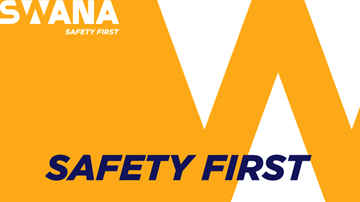Safety First in the Solid Waste Industry
SWANA Safety Initiatives
Safety Awards
Presented annually at RCon™, SWANA Safety Awards honor safety best practices and successes.
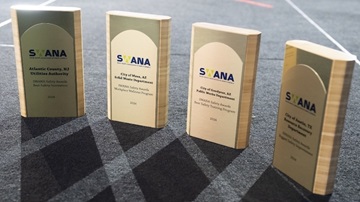
Safety Resources
SWANA delivers a variety of safety resources that address top issues facing the industry, including guidelines for developing lithium battery management practices.
.tmb-cardimage.jpg?Culture=en&sfvrsn=625286a7_1)
Safety Leaders
- SWANA Safety Ambassadors serve as safety leaders in all 47 SWANA Chapters in the United States and Canada.
- The SWANA Safety Committee guides SWANA’s safety programs, resources, and initiatives in collaboration with SWANA staff and Safety Ambassadors.
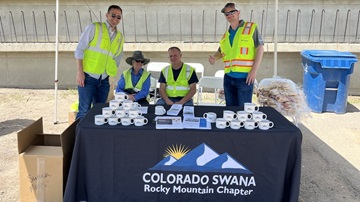
Safety First
Safety First is a weekly newsletter with safety tips to share at meetings and for posting around your workplace.
Hauler Outreach
Share SWANA resources by hosting a Hauler Safety Outreach event.
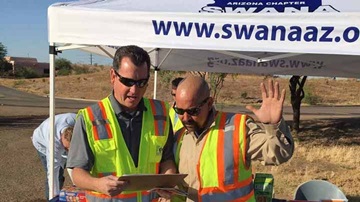
Safety Pledge
Take the SWANA Safety Pledge to show your commitment to protecting yourself and others from harm every day.
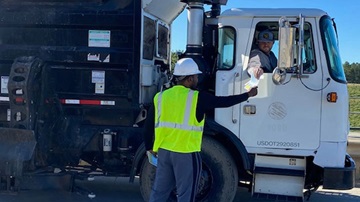
5 to Stay Alive
SWANA has a safety campaign of five simple tips to help solid waste workers stay safe on the job.
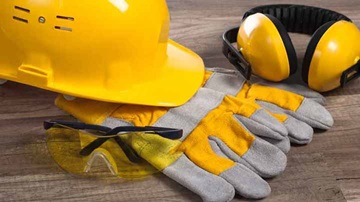
American National Standards for Waste and Recycling
American National Standards (ANSs) applicable to Equipment Technology and Operations for Wastes and Recyclable Materials.
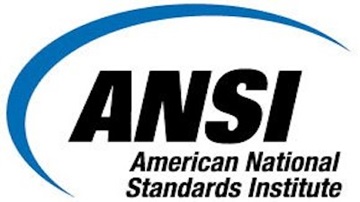
Safety Training
SWANA has partnered with Blue Ridge Services, Inc. to provide comprehensive safety training for solid waste industry workers and operators.

Advertisement
Share Your Safety Topic
We invite you to share your insights and ideas on safety topics for SWANA to explore!
Your perspective and expertise can benefit all SWANA members. Submit your safety topic idea today and be a part of the solution.
Safety Blog Posts and Related Events
Safety Blog Posts
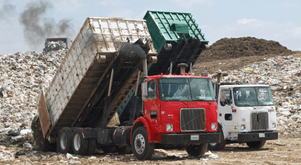
Safety First: Preventing Backovers
August 22, 2025

Safety First: Emergency Planning
August 15, 2025
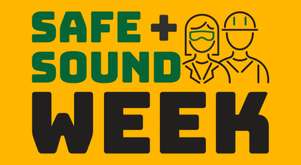
Safety First: Safe + Sound Week
August 08, 2025


